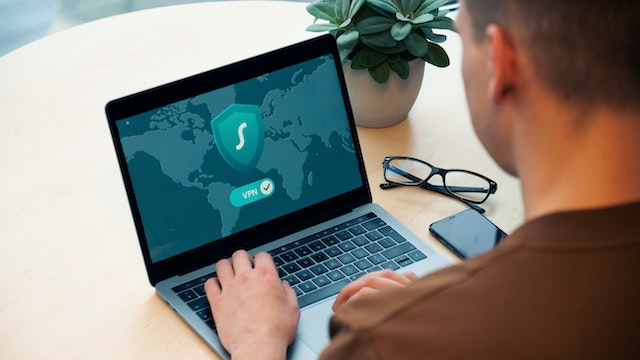
Photo by Dan Nelson from Unsplash
As someone who spends considerable time online, you’ve probably heard about cybersecurity threats. But do you really know what they are and how to protect yourself from them? This article will help you understand the importance of cybersecurity and provide you with the top cybersecurity resources for non-techies.
Cybersecurity Threats: What Are They?
Cybersecurity threats refer to any malicious attempt to damage, disrupt or gain unauthorized access to a computer system, network, or device. These threats can come in many forms, including viruses, malware, phishing attacks, ransomware, and more.
Viruses are malicious programs that replicate themselves and spread from one computer to another. They can cause significant damage to your system by disrupting the operating system, deleting files, and stealing sensitive information.
Malware, short for malicious software, is a type of software designed to harm or exploit any computer system, network, or device. Malware can be used to steal information, monitor user activity, or even take control of your device.
Phishing attacks are social engineering attacks that aim to trick users into providing sensitive information such as usernames, passwords, and credit card details. These attacks can come in the form of fake emails, text messages, or websites.
Ransomware is a type of malware that encrypts files on a victim’s computer, making them inaccessible until the victim pays a ransom. Ransomware attacks can be devastating for individuals and businesses alike, as they can result in the loss of important data and financial loss.
Importance of Cybersecurity
Cybersecurity is more critical than ever in today’s digital age. With the increasing number of cyberattacks, it has become essential to take measures to protect your online identity and sensitive information. Cybersecurity is critical to protecting the confidentiality, integrity, and availability of information.
A cyberattack can result in significant financial loss, reputation damage, and even legal repercussions. For businesses, the consequences can be even more devastating, as the loss of sensitive information can lead to a loss of customers and revenue.
Cybersecurity Statistics
The statistics on cybercrime can be alarming. Here are a few key numbers to give you an idea of the scale of the problem:
- Cybercrime is expected to cost businesses $8 trillion in 2023 and will grow to 10.5 trillion by 2025. (Cybersecurity Ventures)
- 43% of cyberattacks target small businesses. (Verizon)
- 95% of cyberattacks are caused by human error. (Cybint Solutions)
These statistics make it clear that cybersecurity is not something to be taken lightly. Taking steps to protect yourself and your business from cyber-threats is crucial.
Essential Cybersecurity Resources for Non-Techies
Now that you understand the importance of cybersecurity and the types of cyberattacks let’s look at the top cybersecurity resources for non-techies.
Tools for Individuals and Businesses
- Antivirus Software: Antivirus software is designed to protect your computer from viruses, malware, and other cyber-threats. It can scan your computer for threats, block malicious websites, and remove any viruses that are found.
- Password Managers: Password managers are tools that help you generate and store strong passwords for all your online accounts. They can also automatically fill in the login information for you, making using strong, unique passwords for every account easy.
- Virtual Private Networks (VPNs): VPNs are tools that encrypt your internet connection and hide your IP address, making it difficult for hackers to track your online activity. They are particularly useful when using public Wi-Fi networks.
Guidelines for Safe Online Practices
- Use Strong Passwords: Always use strong, unique passwords for all your online accounts. Avoid using the same password for multiple accounts.
- Keep Software Up to Date: Keep all software and operating systems up to date to ensure any security vulnerabilities are patched.
- Be Cautious of Suspicious Emails: Be wary of emails from unknown senders or emails that ask for personal information. Always verify the authenticity of the sender before clicking on any links or providing any information.
Cybersecurity Training Courses
Several online training courses are available for individuals who want to learn more about cybersecurity. Here are a few popular options:
- Cybersecurity for Everyone: This course is designed for individuals with no cybersecurity background. It covers the basics of cyber security, including threats, vulnerabilities, and best practices.
- Introduction to Cybersecurity: This course is offered by the SANS Institute and covers the fundamentals of cybersecurity, including risk management, network security, and incident response.
Conclusion
In conclusion, cybersecurity is a critical aspect of our digital lives. Knowing the types of cyber-threats, the importance of cybersecurity, and the essential cybersecurity resources for non-techies can help you stay safe online. By following best practices, using tools and resources, and staying informed, you can protect yourself and your business from cyber-threats.
